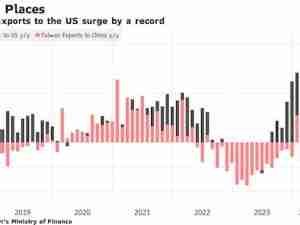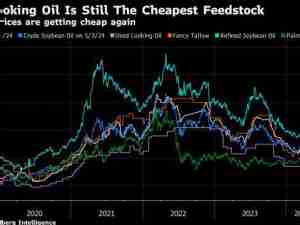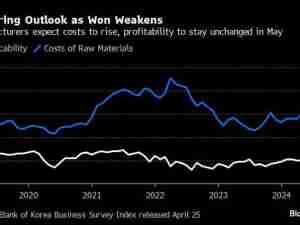Foreign-Trade Zone imports and exports continued to set new records in 2013
posted by AJOT | Aug 28 2014 at 01:36 PM | International Trade
The value of exports from America’s Foreign-Trade Zones (FTZs) increased by 13.7 percent in 2013, to a record-high $79.5 billion in merchandise exported, according to figures released by the U.S. Foreign-Trade Zones Board in its Annual Report to Congress.
At $835.8 billion, the 2013 value of received merchandise into FTZs also reached a new high, surpassing the previous year’s record of$732.2 billion – a 14.1 percent increase. Nearly two-thirds of the merchandise received by FTZs in 2013 was domestically sourced, with the value of domestic status inputs growing to $545.5 billion. The remaining $290.3 billion in received merchandise consisted of foreign status inputs.
The composition of foreign status inputs received by Foreign-Trade Zones has also shifted significantly, according to the report. In 2013, a 16 percent decline in foreign status petroleum inputs was offset by increases in other product categories, such as vehicles, electrical machinery, and consumer products.
Daniel Griswold, President of the National Association of Foreign-Trade Zones, praised the report’s findings. “Record FTZ exports, merchandise received, and employment offer compelling evidence that the FTZ program is expanding and adapting to meet the needs of American-based companies competing in a global economy,” said Griswold.” The FTZ program has become vital to U.S. economic policy goals of boosting exports, attracting foreign investment, and creating well-paying and sustainable private-sector jobs on American soil.”
“FTZ user companies have done more than their share to meet President Obama’s goal of doubling exports,” Griswold added. “Since 2009, exports from foreign-trade zones have almost tripled, from $28 billion to nearly $80 billion. The FTZ program shows that when U.S.-based companies are allowed to access global inputs at competitive prices, they can become export powerhouses.”
According to the report, the $79.5 billion export figure is based solely on material inputs, and does not include the value added to those inputs by U.S.-based manufacturers operating in Foreign-Trade Zones. The National Association of Foreign-Trade Zones is currently working with the U.S. Census Bureau and the U.S. Foreign-Trade Zones Board to more accurately capture the full value of exports from FTZs, including the value added to foreign and domestic status inputs by FTZ user companies.
There were 177 active FTZs during 2013, with a total of 289 active manufacturing/production operations. A record high of 390,000 persons were employed at 3,050 firms that used FTZs during the year – an increase of 20,000 employees over 2012. The FTZ Board processed 65 applications for new or expanded production authority in 2013, and reorganized 23 zones under the alternative site framework (ASF).










